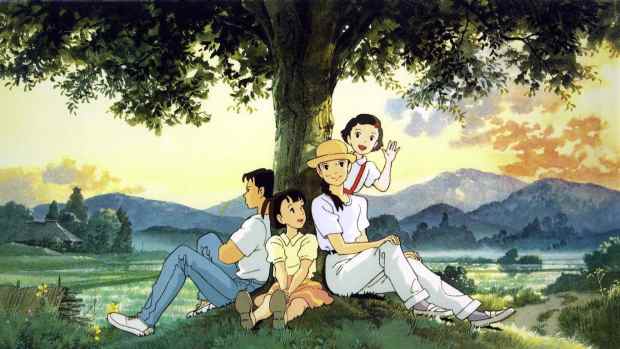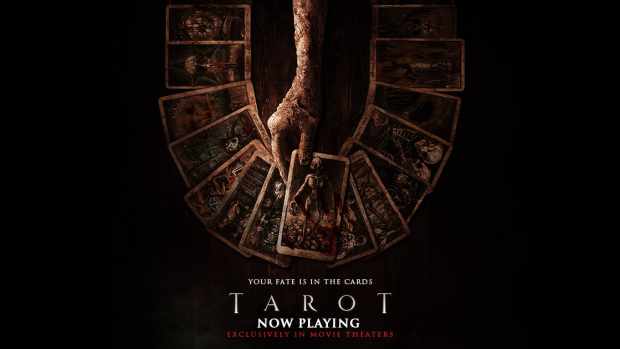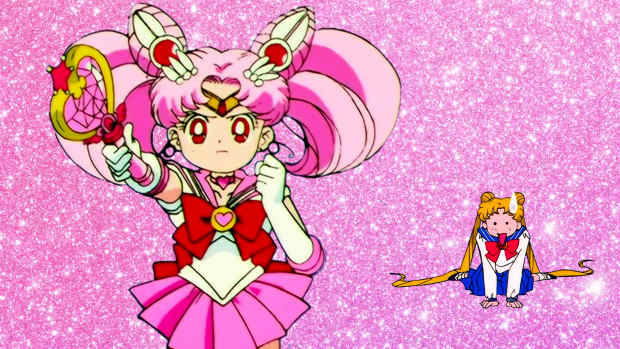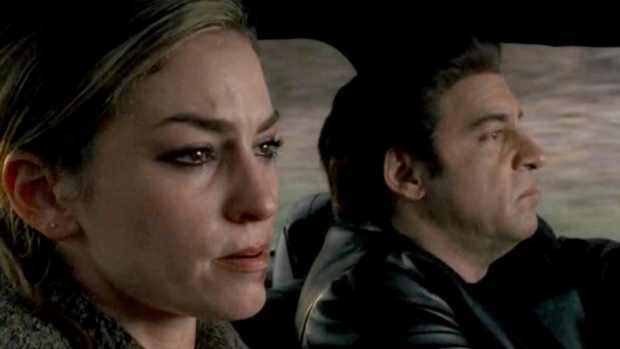History of Hanna-Barbera: "The Ruff and Reddy Show" (1957): The Birth of Hanna-Barbera

Hanna-Barbera found themselves at a crossroads in a changing time. What would follow led to the birth of one of animation's most famous studios.
Ruff and Reddy Origin Story
To explain how The Ruff and Reddy Show came to exist, we have to turn the clock back to 1937, because this is also a story about what led to the creation of Hanna-Barbera. At that time, Metro-Goldwyn-Mayer, who had been producing cartoons through outside studios such as Harman-Ising, decided it was time to bring production in-house. Fred Quimby was hired to helm MGM’s new cartoon studio, and an offer was made to artists at the various smaller studios in the area to join MGM’s studio for a pay increase. From Harman-Ising, they hired William Hanna, who had just directed his first short “To Spring” the previous year. From Terrytoons, they hired Joseph Barbera, an animator and storyboarder who had worked previously for Flescher and Van Beuren. Hanna and Barbera were assigned desks opposite each other, and the two became fast friends.
| Airdate | Channel | Studio |
|---|---|---|
December 14, 1957 - April 2, 1960 | NBC | Hanna-Barbera |
Start of Hanna-Barbera
On February 10, 1940, the first short directed by both Hanna and Barbera was released, entitled Puss Gets the Boot. It introduced the world to a cat and mouse duo named Tom & Jerry, not to be confused with the “Tom and Jerry” characters that Barbera had worked with at Van Beuren Studios (though likely named after those characters). Initially, Fred Quimby was unimpressed and didn’t want the studio to make any additional shorts starring the cat and mouse, but after the short was a financial and critical success, he gave in and the studio would churn out 114 Tom & Jerry shorts (plus 2 spin-off shorts) over the next 17 years. Hanna and Barbera, for nearly two decades, worked almost exclusively on Tom & Jerry.
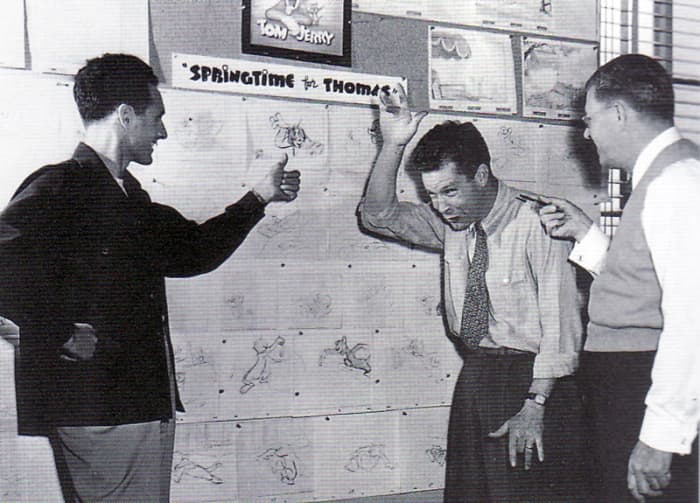
Joseph Barbera (left) and William Hanna (center) going through a "Tom & Jerry" storyboard with Fred Quimby (right).
Turning Point
The turning point came in 1955, when Fred Quimby (now 68 years old) retired and placed Hanna and Barbera in charge of the MGM animation studio. However, television was beginning to cut into the profits of theatrical shorts; MGM executives ran the numbers and decided it would be cheaper to just redistribute the backlog of older shorts rather than continue to create new ones.
In 1957, the entire animation studio, Hanna and Barbera included, suddenly found themselves fired without any prior warning, let go after 20 years of employment by a single phone call. While MGM would eventually start up production again on Tom & Jerry shorts (first helmed by Gene Deitch, and later by Chuck Jones), Hanna and Barbera didn’t return to the characters for nearly two decades.
From Big Screen to the Small Screen
The two very briefly went their separate ways, turning their attention toward television. William Hanna met with Jay Ward, who was looking to revive Crusader Rabbit, a series he had worked on with friend Alex Anderson which had been the first cartoon made specifically for television. Hanna was enthusiastic about the task, and formed Shield Productions to create the revived series.
However, legal problems concerning who owned the rights to Crusader Rabbit resulted in the revival series being canceled (a different revival series would be created by Capital Enterprises), and Shield Productions being shut down after barely over a month. Joseph Barbera, meanwhile, went over to Soundac and helped with the pre-production work creating Colonel Bleep, which would be the first television cartoon produced in color.
While his time at the helm of Shield Productions was brief, the experience and knowledge about the TV industry that William Hanna gathered during his brief time with Jay Ward helped greatly toward forming his own studio, and many of the artists who had been hired to work for Shield Productions were brought on-board. He invited Joseph Barbera to join him in this endeavor and Hanna-Barbera Enterprises was formed on July 7, 1957.
To help get their projects distributed, they contacted their good friend at MGM, director George Sidney (who had directed the 1945 film Anchors Aweigh, which famously featured a scene where Jerry the Mouse danced alongside Gene Kelly). Sidney approached the television division of Columbia Pictures, Screen Gems, and a deal was inked. A major driving force in this deal was John Mitchell, then-current head of Columbia Pictures, who saw a great future in television animation when most of his peers didn’t.
Here Comes Ruff & Reddy
The first cartoon produced by Hanna-Barbera would be Ruff & Reddy, the titular characters being Ruff, a smart faithful cat, and Reddy, a good-nature dog with a brave heart. In contrast with Tom & Jerry, where the characters were always fighting and trying to outwit each other, Ruff & Reddy would be inseparable best friends and allies. Hanna would write in his autobiography on the change in dynamic, “ ... this softer relationship placed a greater emphasis on the humor and wit conveyed to the audience through dialogue.”
Screen Gems ordered 52 episodes initially, each somewhere between three to five minutes long. The episodes would be broadcast as the opening and closing acts of a half-hour show Saturday afternoons on NBC, which also consisted of older Columbia Pictures cartoons and inter-spliced with live-action segments hosted by actor Jimmy Blaine.
Finding the Look, the Voice, and the Tune
One hurdle that was faced was the significantly smaller budget that they would have to work with than the Tom & Jerry shorts. Those shorts were produced on a budget of $35,000 each, which was even more than the $30,000 that had been spent just to establish Hannah-Barbera!
However, they did have a plan in place to counter this issue. While working at MGM, Hanna had submitted a six page proposal to his superiors telling how they could cut the cost of a short in half if they implemented a limited animation system, something which he had felt necessary as high costs were killing the theatrical animation industry.
He never heard back from them (the irony being that MGM ended up closing the animation studio because of the costs he was trying to reduce), but the ideas he had come up with would be helpful in the production of Ruff & Reddy. The cost for each episode was estimated down to $3,000, but Screen Gems, hesitant due to TV animation still being an experimental business, gave them a notably less $2,700 per episode budget.
The Cast
For the characters, Hanna-Barbera sought out voice actors who they had previously worked with at MGM. They got Don Messick and Daws Butler to voice Ruff and Reddy respectively, as well as practically every other character on the show. Messick had been an understudy to Bill Thompson when he was unavailable to voice Droopy Dog, while Butler had been in various Tom & Jerry shorts. The two would go on to voice numerous iconic Hanna-Barbera characters over the next 39 years.
Theme Song
The theme song’s lyrics were written by William Hanna himself, his first attempt at songwriting. The tune was scored by musical director Hoyt Curtin, a very popular composer for commercial jingles at the time. Curtin had met Hanna and Barbera a few months earlier just before the MGM studio closed, doing the music for a Schlitz beer commercial the studio was animating.
Curtin would later recall about Hanna-Barbera approaching him for Ruff and Reddy, “ ... they called and had a lyric they read over the phone. Could I write a tune for it? I called back in 5 minutes and sang it to them ... silence ... uh oh, I bombed out ... the next thing I heard was a deal to record it! Ruff & Reddy.” This was the beginning of a partnership with Curtin that would last for nearly 30 years, with many of the major Hanna-Barbera production to follow having a theme written by Hanna and composed by Curtin.
The First of Their Kind
Ruff & Reddy premiered on December 14, 1957 as part of the NBC Saturday afternoon line-up. Being just part of a half-hour program, each episode of the show would be a mere 3-5 minutes long. Taking a page out of the Crusader Rabbit book (and likely directly inspired by it), Ruff & Reddy would be unique among Hanna-Barbera productions for being serialized, opening with a recap of the previous week’s episode, advancing the plot a bit, and then ending with the characters trapped in a new predicament. Each of the show’s seasons would have four adventures made up of 12–13 individual segments.
The first season alone had Ruff and Reddy encountering alien invaders, African game hunters, cowboys, and villain Captain Greedy (who’d become a recurring villain the pair would face one adventure per season). In some adventures, they were also assisted by their friend Professor Gizmo.
The Start of a Studio
Hanna and Barbera, before the program transmitted, both worried that their show wouldn’t be accepted by audience and their endeavor would soon crash and burn. However, the show opened to strong positive reviews and ratings, critics praising the show for being “entertaining and clever.” The praise was strong enough that, having proved to the network heads that animation for television could work, NBC signed Hanna-Barbera on for a five year contract which included not only two more seasons of Ruff & Reddy, but also several additional series that would soon follow.
Ruff & Reddy was the first in a long line of Hanna-Barbera productions and helped to further establish the legitimacy of producing cartoons for television. However, it would be their next show that would solidify Hanna-Barbera’s place on the map as their first major hit ..
Further Reading
Hanna, William. "A Cast of Friends" De Capo Press, 1996. Print.
Barbera, Joseph. "My Life in 'Toons: From Flatbush to Bedrock in Under a Century" Turner Publications, 1994. Print.
This content is accurate and true to the best of the author’s knowledge and is not meant to substitute for formal and individualized advice from a qualified professional.
© 2015 Josh Measimer
Comments
Melissa Reese Etheridge from Tennessee, United States on June 14, 2015:
This is such a great hub. I look forward to sharing it with my students.
Anne Harrison from Australia on June 12, 2015:
What an amazing hub - thank you for all the background research. As a kid, I just took these cartoons for granted, never realising the amount of work in each one. Voted up
Summer LaSalle from USA on June 11, 2015:
Great hub! One of my favourite places to be in Hanna-Barbera Land in Canada's Wonderland.
Voted up :)
-Wendi
MG Seltzer from South Portland, Maine on June 11, 2015:
Super! Great illustrations and all kinds of bhackground info I didn't know. Voted thumbs up!





